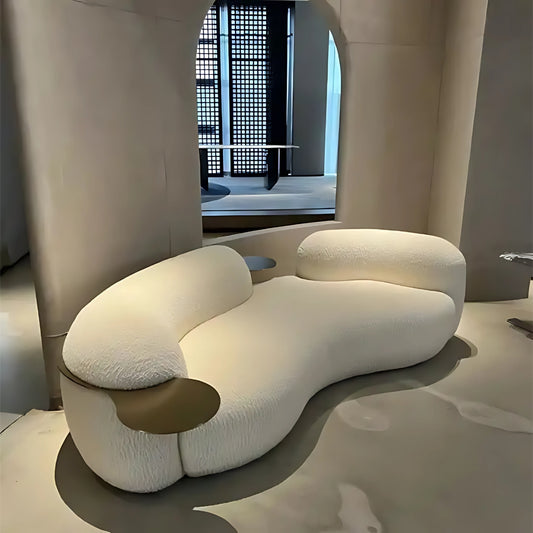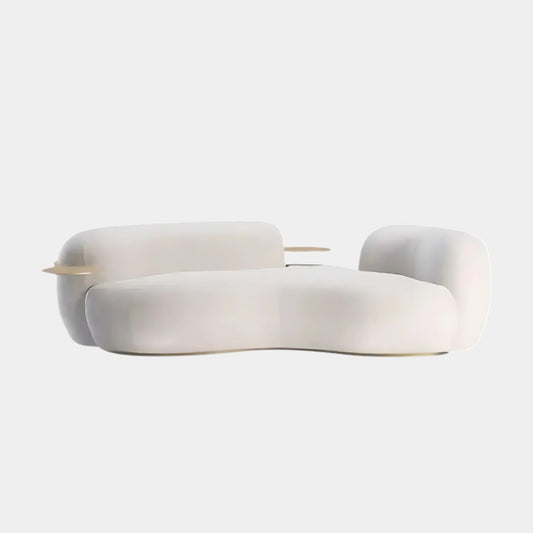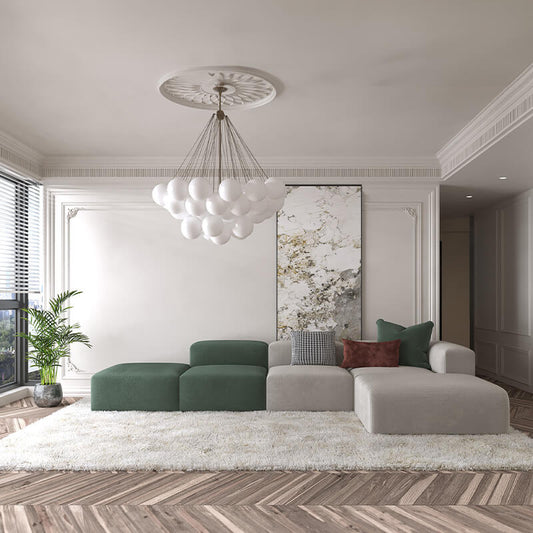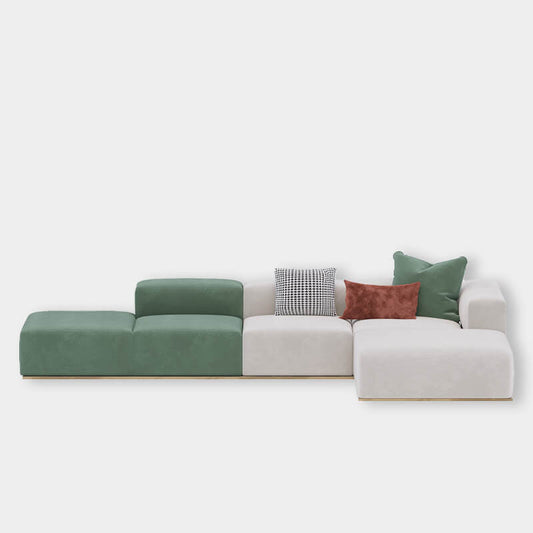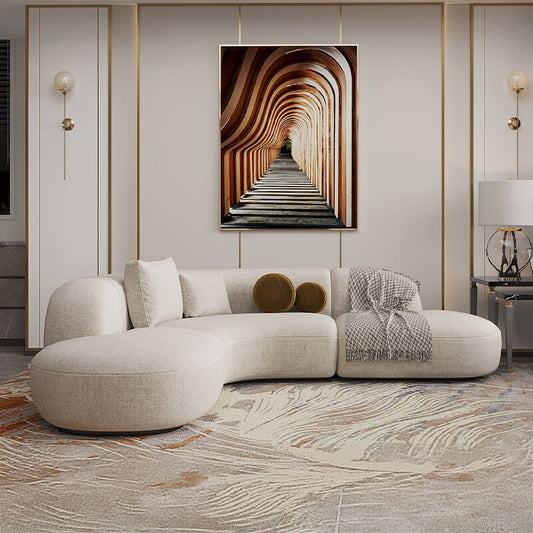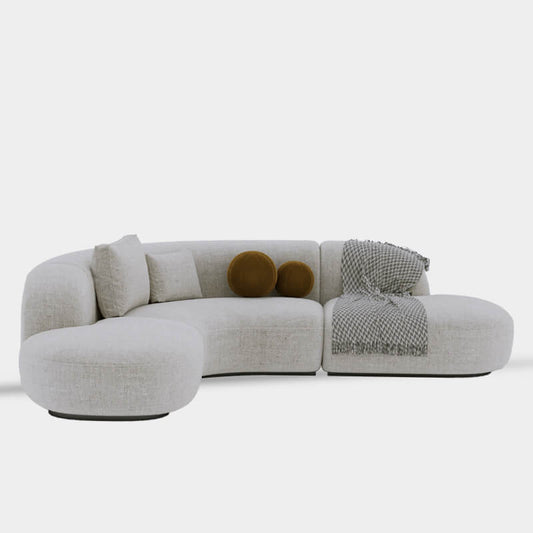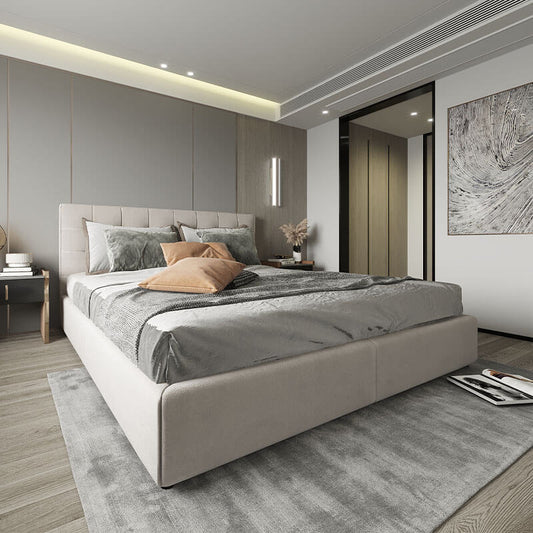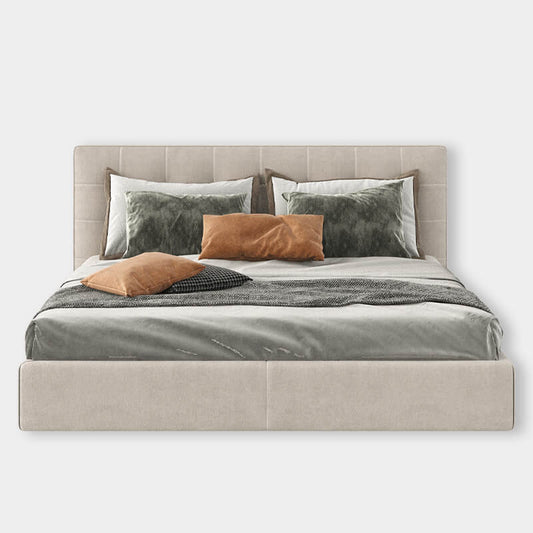Rattan furniture has become a popular choice for homeowners looking to blend style, comfort, and sustainability. Whether you're sprucing up your indoor spaces or creating a cozy outdoor patio, rattan furniture is versatile and timeless. In this blog, we’ll explore what makes rattan furniture special, how to style it in your home, and why it’s a must-have for your interior design needs.
What is Rattan Furniture?
Rattan furniture is crafted from the stems of the rattan palm, a climbing plant native to tropical regions of Asia. Known for its lightweight and durable properties, rattan is an eco-friendly material often used in crafting chairs, tables, sofas, and more.
Benefits of Rattan Furniture
1. Durability
Rattan is incredibly strong, making it suitable for both indoor and outdoor use. Properly maintained rattan furniture can last for years.
2. Versatile Style
Whether you prefer a bohemian, rustic, or modern aesthetic, rattan furniture fits seamlessly into various interior design styles.
3. Lightweight and Easy to Move
Unlike heavier materials like metal or solid wood, rattan furniture is lightweight, allowing you to rearrange your space effortlessly.
4. Eco-Friendly Choice
Rattan is a renewable resource, making it an environmentally conscious option for sustainable home design.
How to Style Rattan Furniture in Your Home
1. Living Room
Pair a rattan sofa with neutral cushions and a jute rug to create a cozy, earthy vibe. Add a rattan coffee table for a cohesive look.
2. Bedroom
A rattan headboard adds texture and warmth to your bedroom. Pair it with linen bedding for a relaxed, coastal feel.
3. Outdoor Spaces
Use rattan chairs and a dining table for your patio or balcony. Add weatherproof cushions and fairy lights to complete the setup.
Pro Tip: Combine rattan furniture with indoor plants to enhance the natural vibe of your space.
Caring for Rattan Furniture
To keep your rattan furniture looking new:
- Dust regularly: Use a soft cloth or vacuum to remove dust.
- Avoid direct sunlight: Excessive exposure can cause the material to fade or crack.
- Clean gently: Use a damp cloth with mild soap for occasional cleaning.
- Protect outdoors: Use covers or move rattan indoors during extreme weather.





